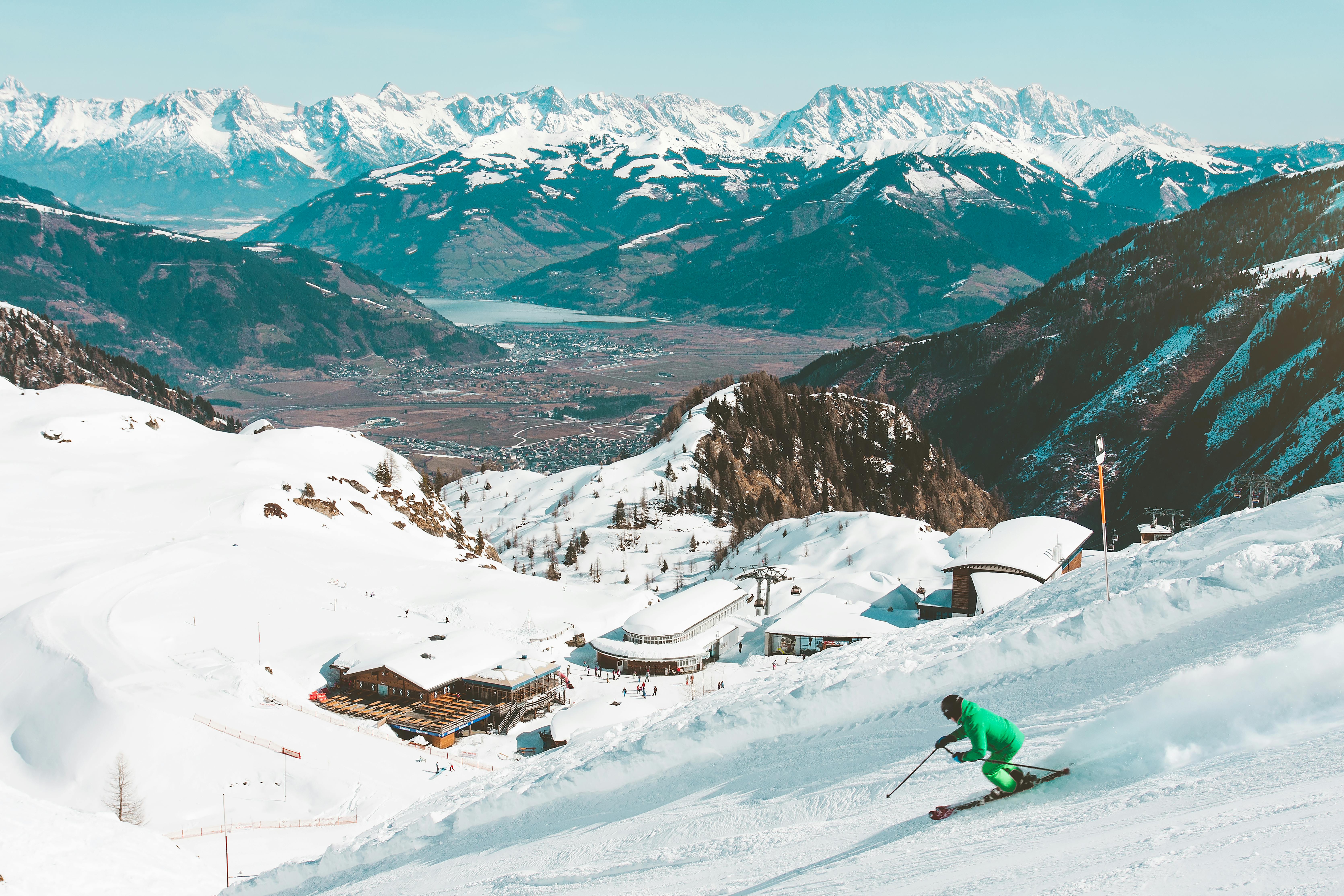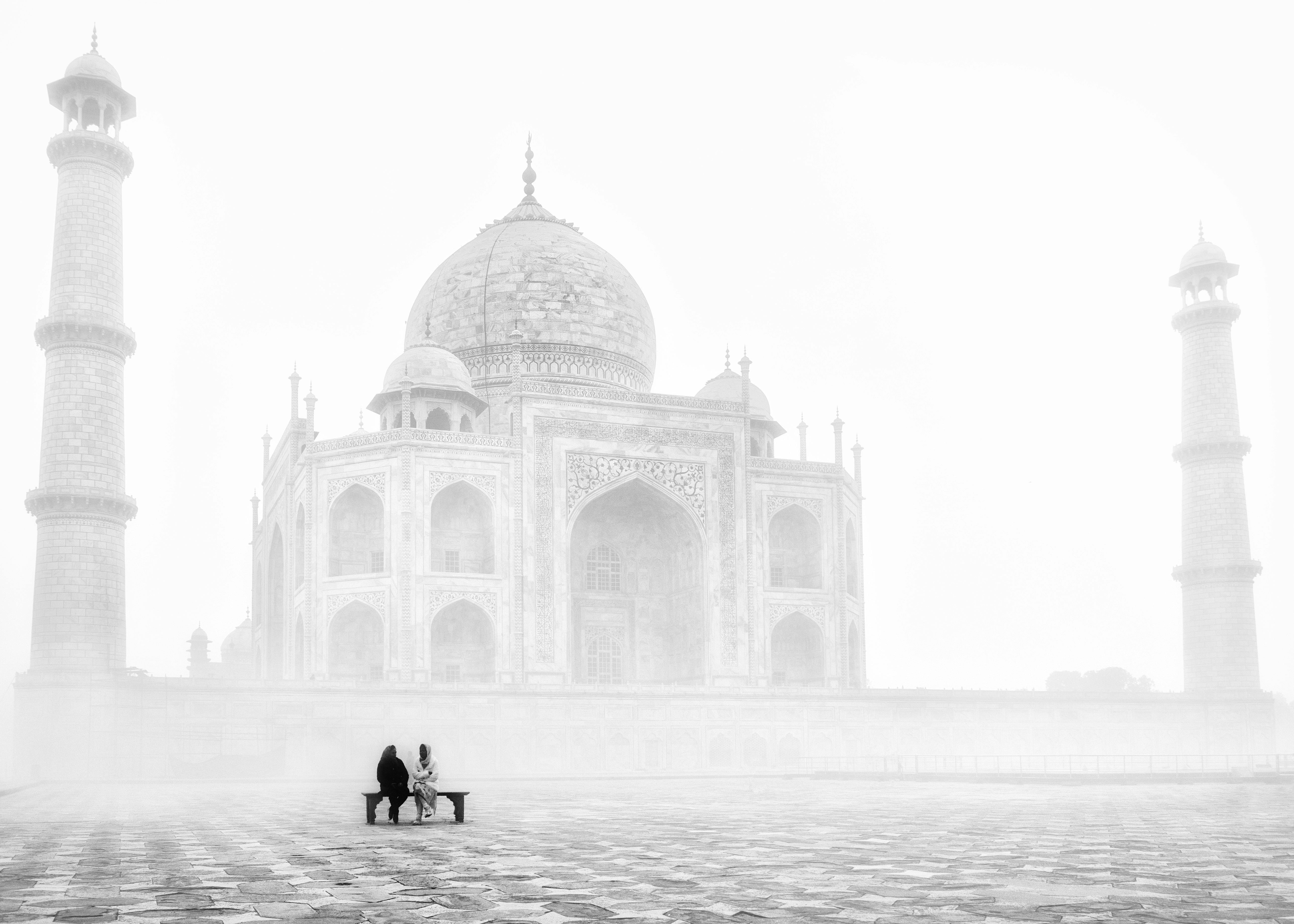However, Alessandria’s most famous son is not a soldier, a businessman or an aristocrat. It’s a hat. The most famous hat in the world: Borsalino. The first Borsalino was created by Giuseppe Borsalino in 1865. Since then, it was the favorite accessory of Napoleon and also of Humphrey Bogart. If you are curious to find out more about this beautiful hat, visit the Museo del Capello, the Museo del Sombrero, in Alessandria, or purchase a copy of my new book, Chique Secrets of Dolce Vita. Or just go to Milan and buy your own wonderful Borsalino at the little Borsalino store in Galleria Vittorio Emanuelle.
When all the history and the hats tire you, you can have lunch at La Fermata. It offers the best food and wine in Piedmont, and it is a very elegant and very Italian restaurant.
Speaking of food and wine, if there is only one type of wine to be tasted in the region, it must be Gavi. Produced in the city of the same name, Gavi is a famous straw-colored light white wine. Be sure to visit Gavi during the grape harvest to experience the most beautiful wine festival in Italy.
And now is the time to go shopping: gold and jewelry. Walking the streets of Valenza Po, you can be blinded by all the brightness and radiance that surrounds you. It is one of the most famous goldsmith cities in the world. More than 1,300 workshops in Valenza Po create stunning jewelery and export it all over the world. Valenza Po’s goldsmith tradition began at the end of the 19th century, when Vincenzo Melchiorre began creating amazing jewelery from eighteen-karat gold and precious stones.
At the end of a long day, you deserve to relax. And there is no better place to do it than a Roman spa. Acqui Terme is an ancient spa town with healing hot springs rich in bromine salts. One of them, Bollente, has its origin in the very heart of the city. Other hot springs, and also the only cold source of sulfur, can be found on the other bank of the Bormida near the remains of the ancient Roman baths.
ASTI – DELICATE AND FUN
The best time to visit Asti is definitely September. The weather is pleasant and warm, but not hot, ideal for admiring Palio, a historic horse race full of local colors and traditions. In addition, it is the month in which the city celebrates its wine by enjoying the Douja d’Or wine festival.
Asti was founded by Romans who gave the city the name of Colonia Hasti (High Rock), and it is full of typical palaces, squares and towers. Asti’s most famous child is an Enlightenment poet, Vittorio Alfieri, born in 1749. Asti loves him, and a museum, a theater and a street are named after him.
Asti is one of the strongholds of winemaking, and local car plates often say: Asti – Provincia di Vino (Asti, the province of wine).
Asti is truly the city of towers. In the past, the city had a hundred defensive towers built by aristocrats in the 13th century. Only some of them have been preserved to this day. Most of them are located in a nice historic neighborhood that used to be called Recinto dei Nobili (the Quarter of the Aristocrats). Be sure to explore Torre dei Guttuari on Piazza Statuto, Torre dei Comentini on Corso Alfieri, Torre dei Roero on Via Sella, and Torre Montafia on Via Natta. Torre Rossa on Corso Alfieri is the oldest building in the city. Its lower part dates back to Roman times and the upper part is medieval.
Asti is a city where you can not only explore regional history and traditions, but also delicious local cuisine. Osteria Barolo in Via Cesare Battisti is located in a historic winery, and its cuisine is very famous. Try their special dessert: nutmeg sorbet.
If you are in Asti in the winter months, have lunch at Gener Neuv and order a delicious local specialty, zuppa di baccalà, cod soup. Gener Neuv is one of the best restaurants in the region.
THE SURROUNDINGS OF ASTI – LITTLE HIDDEN GEMS IN THE FIELD
Do you like sparkling wine? Visit Canelli, important agricultural center and capital of Spumante. The first Spumante was produced in 1850 by Gancio, whose historic cellars and museum are open to visitors.
Do you long for a little romance? Don’t miss the sunset over Cocconato. Climb to the top of this village and look at the Montferrato valley, the surrounding towers and the flush of sunset on the horizon, and you will understand why Cocconato is called the Balcony of Piedmont. Its name comes from the Latin phrase cum conato – with effort. The place is very remote and isolated, and it was very difficult for its inhabitants to do business and maintain contact with the rest of the world. But thanks to its remoteness, the town has retained its original look and atmosphere.
Cortazzone is a wine town. Almost all of its seven hundred inhabitants work in the wine industry, cultivating Freisa, a variety of local vine, which produces excellent wine. If owning a vineyard has always been your dream, this is your chance to experience the harsh but rewarding reality of winemaking.
Costigliole d’Asti is living proof of the power of feminine charm. Countess Di Castiglione e Costiglione was married to an influential aristocrat and was also a lover of Napoleon III. In 1854 she moved with her husband to the castle of Costiglione and rebuilt, remodeled and changed it so thoroughly that her generous husband went bankrupt within a couple of years. In 1859 he had to sell the castle to the Prince of Poniatow.
Moncalvo is a small mountain town, but its fame is enormous thanks to its first-rate truffles. It is worth a visit if you are a foodie, but there is more to explore. Especially its france, one of the oldest pedestrian areas in Italy, with the best shops in the whole city.
Did you know that a dish can become so popular that it has its own brotherhood? Well, everything is possible in Italy. Nizza Montferrato, a small town at the confluence of Nizza and Belvo, is the official headquarters of Confraternità della Bagna Cauda (Brotherhood of Bagna Cauda), a society dedicated to this local Piedmont dish. Bagna Cauda is similar to fondue. It’s a hot dip made with garlic, anchovies, olive oil, butter, and sometimes truffles. The dish is eaten by dipping raw, boiled, or roasted vegetables, especially onions, artichokes, celery, cauliflower, fennel, carrots, bell peppers, and thistle. The sauce is served in typical terracotta bowls.




Recent Comments